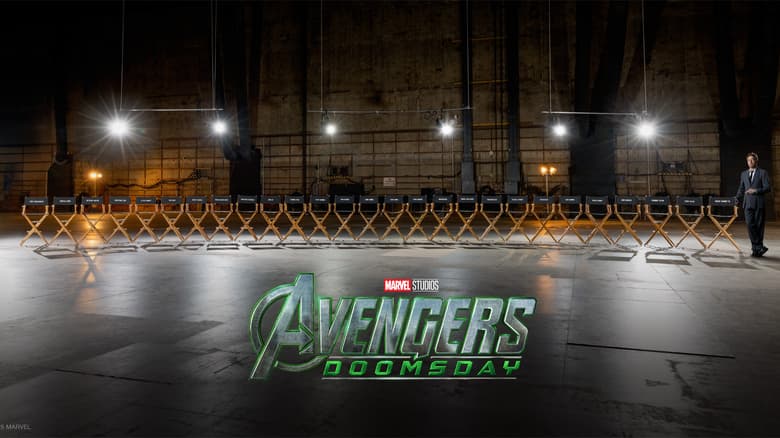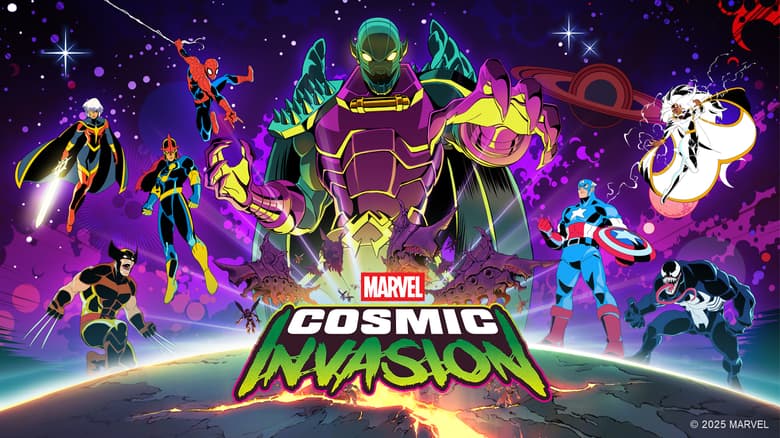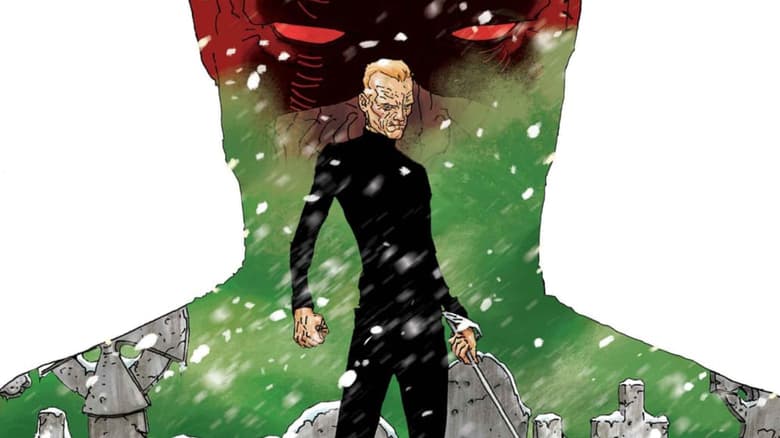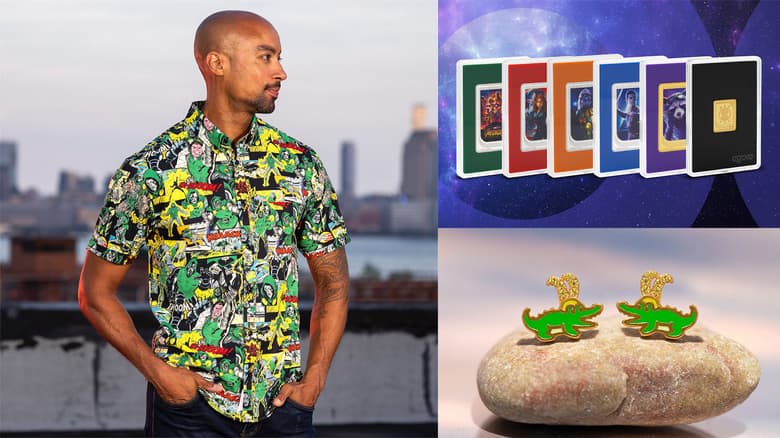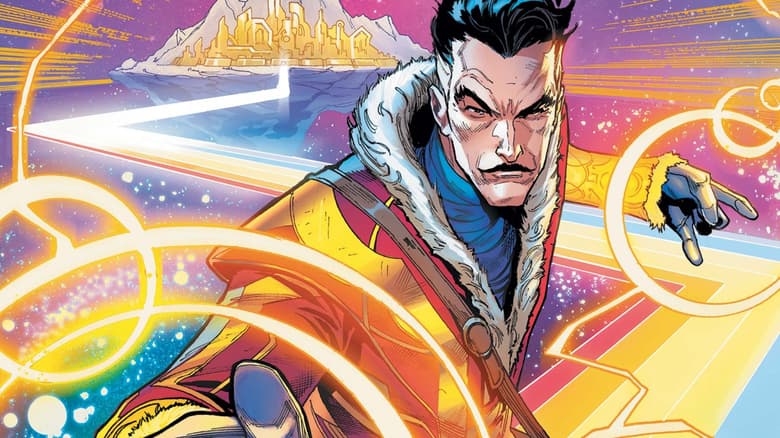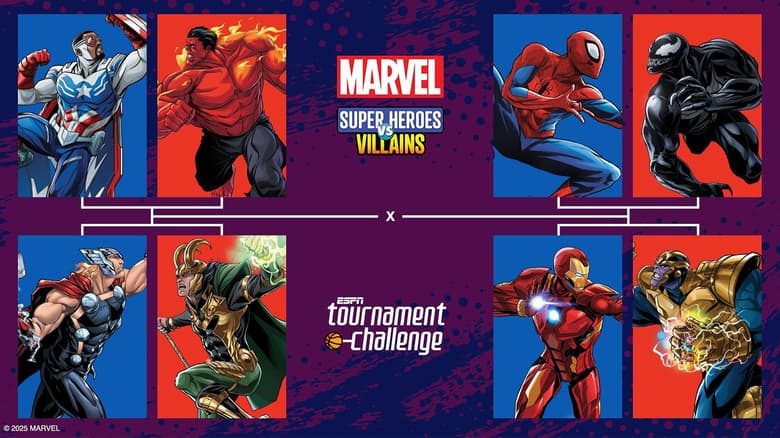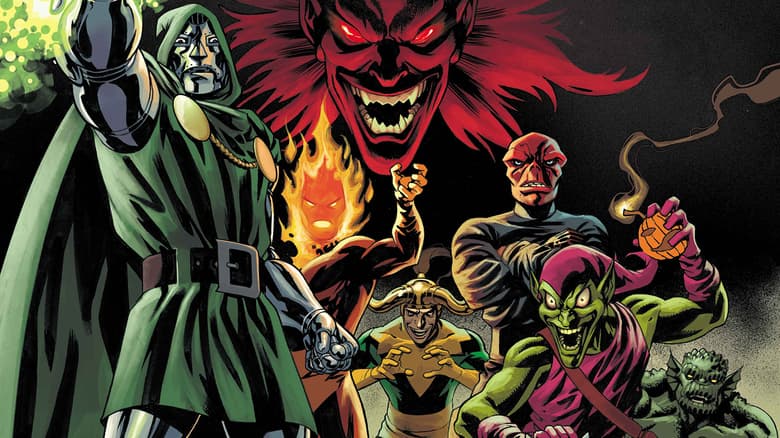Costume Designer Christine Wada on Keeping God Loki’s Final Look ‘Humble’
"He needed to reflect a humble nature because Loki's giving up a lot while giving."
Christine Wada knew she was designing a costume for a God. The end of Marvel Studios’ Loki Season 2 ends with the rogue Asgardian turned Time Variance Authority ally accepting his fate and first breaking all the timelines, only to then save them. He ascends to a throne off in the distance to keep all his friends back at the TVA (and across the timeline) safe from harm. He finally has achieved his long-discussed glorious purpose.
Wada, who worked on the costumes for the first season of the Disney+ series, came back to the series knowing all along how it would end, and that Loki needed one heck of an impressive final outfit. So, the first thing she did was drape star Tom Hiddleston in all the silk she could rent so he could know what it felt like to wear the regal outfit, and a lightbulb went off: “I always thought that it needed to feel organic and to be humble.”
“Originally, I wanted the silk to be wrapped bound by another fabric to have this feeling of containment,” She explains to Marvel. “But then we move past that as we started to see how the movement of the fabric felt right for striking this balance between a God, but not a king, but still regal, but humble. And also, to have the weight of the world on top of you.”
For Wada, she set out figuring out how to create Loki’s signature horns that now felt more like a crown, and a flowing cape that would envelop him as he walked to his throne. But easier said than done because the weight of the crown would be too heavy for Hiddleston’s head, and the cape became almost too much to work in a wind tunnel.
In finding solutions to this, she found herself designing something like a royal cape of yesteryear.
“The cape itself pulled over his head somewhat like a cloak but was short in the front,” she continues. “It has a place to stabilize itself in the front of the body, and also, it's just cutting the cape in half circles and connecting a lot of half circles. You get a lot of weight towards the end, and it disperses outwards. I put what you call ice wool, which is a padding, on the sides of the cake to weight it. That also is a nod to what a king's cape would be. Because a lot of time, old royal capes have a wadding in the whole cape itself. Then they're quilt stitched down. So that whole cape, the sides of it are wadded with a quilt stitching in gold. Which I don't know if you can see it. But it's really beautiful. It did help because it helps to weigh the sides and keep things in place, but without being stiff.”
As for Loki’s new crown, everyone quickly realized that due to the scale of the horns on his head, they would simply be too big to achieve practically. So, a base was created, but the team turned to CGI for the actual horns. And in terms of design, Wada explains that for the tone, “I think we went through [Loki’s] becoming this God and you are taking a seat on this throne, so to speak. He needed to reflect a humble nature because Loki's giving up a lot while giving. So, I think we had ones that felt a lot more upscale and polished like a king's crown that we quickly ditched.”
The design team thought about looking to Norse mythology and pulling inspiration from animals, but that was quickly abandoned for not being regal enough. Wada had just taken a trip to Rome where she was surrounded by carved marble statues and got to thinking.
“I thought, well, it's such a beautiful connection to Loki because it feels like it came out of something. It came out of a journey. It came out of history. I think his art comes from a journey and history. He's been carving out this destiny, shall we say. So, the final design was based on trying to get the essence of those marble statues and feeling like it was really carved out of a black obsidian of the citadel.”
There was a thought to maybe give Loki some armor, too, but that was far from the look Wada was going for knowing the journey Loki had just been on. As Wada notes, “it was just important to get rid of any of that [armor]. Anything that had a nod to like fighting, or armor, or protecting oneself. He was protecting others.”
In saying that, though, there was one thing Wada did want: skin. “You never really get to see skin on these Marvel characters” She jokes.
One striking image in the finale is actually of Loki’s foot, where he’s wearing a simple loafer and no socks. This was intentional, “to show a little bit of the skin and to show the simplicity of just a loafer was an important statement for where he was going.”
“It had to really bring home that this was not a place of physical battle,” Wada continues.” I realized that by doing a little bit of pleating [on Loki’s pants], I could get this effect of layers without having to put too much weight on the clothes or to have it feel like armor or weight. But to have it feel almost godly.”
The end product is an impressive look that is sure to stick in fans’ minds for a long time — Wada sure isn’t going to forget it anytime soon.
“It's so fun to create these costumes that are out of your imagination. I hope the take away [as viewers finish the season] with the emotional aid that costumes give to the story. I think that the costumes, I would aspire for them to really bring the audience closer to Loki's internal journey and not just an external journey.”
For all time, always! Loki Season 2 is now streaming on Disney+.
The Hype Box
Can’t-miss news and updates from across the Marvel Universe!
